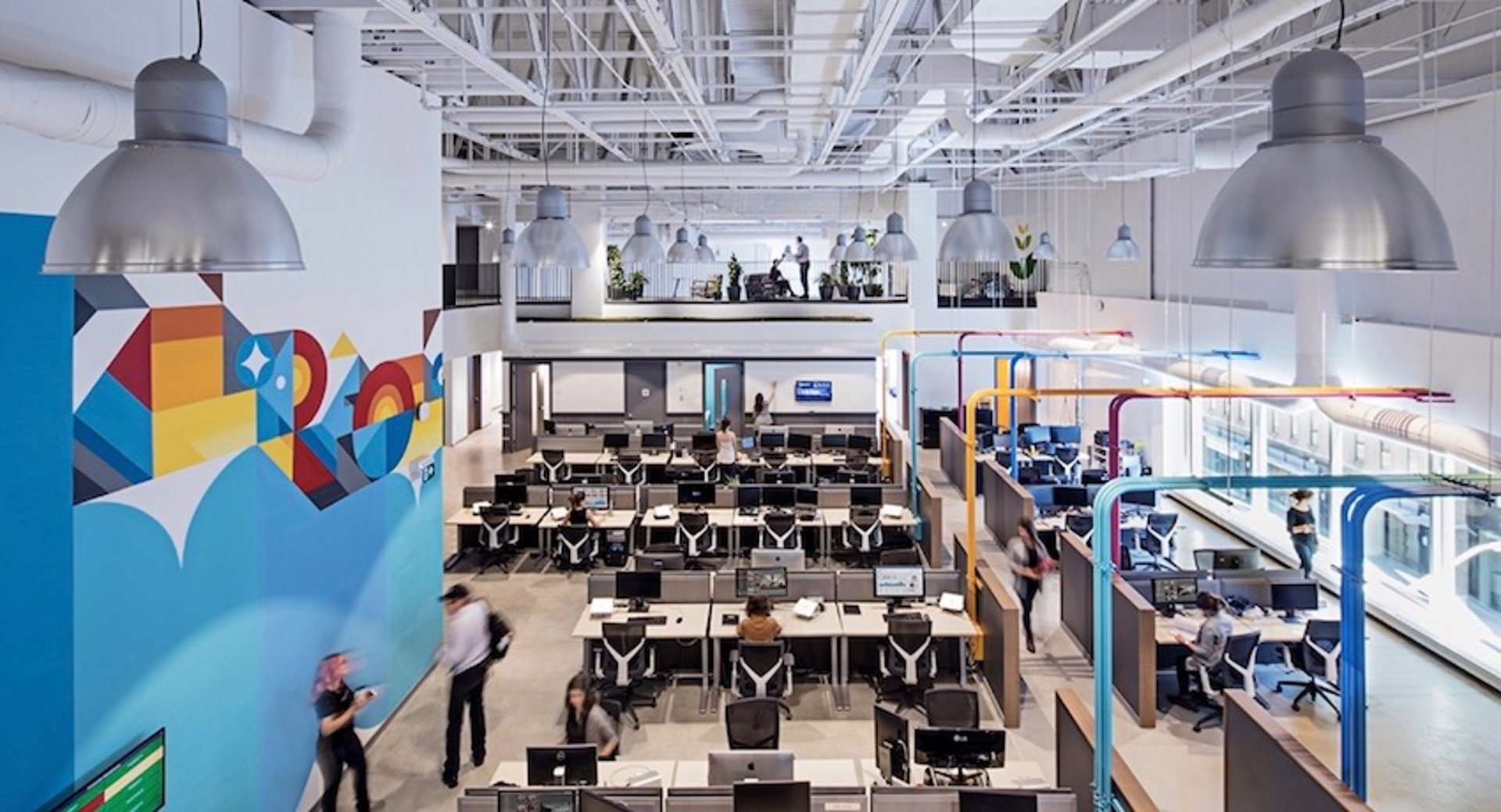How to Reduce Cost Per Hire Without Sacrificing Quality

Published 2025-04-15
Summary - You want to reduce costs and notice the “cost per hire” figure on your Klipfolio dashboard. “Great, we can shave off recruitment costs by cutting out X and Y!” Trouble is, blindly cutting corners like this will sacrifice the quality of the hire. Considering that a bad hire costs you more than 5 times the candidate’s salary, this tactic isn’t the best if you’re looking to save
You want to reduce costs and notice the “cost per hire” figure on your Klipfolio dashboard.
“Great, we can shave off recruitment costs by cutting out X and Y!”
Trouble is, blindly cutting corners like this will sacrifice the quality of the hire. Considering that a bad hire costs you more than 5 times the candidate’s salary, this tactic isn’t the best if you’re looking to save time and money.
Hope isn’t lost though; over the course of this article you’ll learn what “cost per hire” actually means, what other recruitment costs you should consider, and how to reduce them without wasting money on lower-quality hires.
Factors affecting cost per hire
External recruitment costs
External recruitment costs of new hires are the obvious things that everything tends to think about when beginning the recruitment process.
- Advertising fees
- Recruitment agency fees
- Internal recruiter fees
- Travel fees
Thanks to Klipfolio, this is one figure you won’t have to worry about calculating yourself. As long as you’ve set up your dashboards correctly, Klipfolio should automatically gather the relevant information from various sources and add it up as part of your default cost per hire statistic.
Unfortunately, these aren’t the only costs that you shoulder when recruiting. In fact, they’re usually not even the largest proportion of the money you’ll sink into hiring...
Productivity costs
This is the true cost of hiring - the reduction in productivity your team suffers because of the new hire.
Whether it’s due to serving as a mentor for the new employee, working closely with them as a manager to review their work, or taking time out of your day to answer questions they have about a new task, a new hire will always have a negative impact on the rest of their team.
You’re not just waiting for the new hire to get up to speed, as they ramp up they will require help from at least a few senior members of your team.
As such, you also need to consider how much time different employees spend working with the new employee (instead of their regular tasks) and compare that to their pay grade. Combine that figure with the amount spent on recruitment productivity (e.g., managers reviewing job descriptions and so on) and add that to your recruitment cost.
Total number of hires
This one’s self-explanatory. The cost (and impact) of hiring two employees will inevitably be greater than just one, and so your total recruitment and productivity costs need to be divided by the total number of hires.
Again, Klipfolio is great for this, since it’s automatically factored into your “cost per hire” figure. All you have to do is divide your “productivity costs” figure by the number of hires and add it to your cost per hire.
How to reduce the cost per hire
So you’ve got your cost per hire and total hire impact cost calculated. Now it’s time to go about reducing this figure as much as possible without taking a hit to the quality of recruits or their training.
There’s no point in reducing costs if you’ll suffer later on from a reduction in quality, so you can’t cut corners.
Using a cheaper recruitment company isn’t a good idea (unless you know that they work just as effectively), and you can’t skimp on onboarding time or resources because the process will be less effective, leading to more mistakes on the new hire’s part and taking even more investment to fix.
Instead, the only real way to reduce your costs is to increase efficiency and improve elements that will make the recruitment and onboarding processes easier and more successful.
Promote existing employees where appropriate
While not always applicable, promoting existing employees to new positions works wonders for keeping costs down and productivity high.
For one thing, you’re barely having to pay any recruitment costs for the new employee; you already know their strengths, weaknesses, and experience, so their performance in the new role should be easy to predict.
There’s also the bonus of the employee already being familiar with your company culture and their colleagues. Even if they need more training to perform their new tasks, at the very least they should be a reliable fit for your company and not result in a quick turnover.
The only downside of this method is that you’ll then need to fill the employee’s old role with either a different employee or a new recruit. This is why promoting internally doesn’t always reduce cost per hire by that much - if all roles still need to be filled, you’ll have to hire someone anyway (even if they’re lower down the corporate ladder).
Ask for referrals instead of advertising externally
Employee referrals are a fantastic method to improve almost every aspect of your recruitment while saving costs.
As Jobvite have shown through this study, employee referrals:
- Take 10-26 fewer days on average to start work, compared to hiring from job boards and career sites
- Are cheaper and faster than other hiring methods, with 51% and 67% of employers and recruiters saying so respectively
- Stay at a company for longer on average, with 47% staying longer than three years
Referrals also have the advantage of going into their new job with a friend (or, at least, acquaintance) already in the company. This lets them get up to speed quicker and helps ease their transition into the company culture.
This is exactly what happened with me. I’ve known our head of marketing, Benjamin Brandall, for around 12 years and was referred by him when the Process Street team expanded their marketing team.
Three years, 108 blog posts, and four ebooks later and here we are, still going strong.
Employees who referred your new hires are also more likely to stay longer, feeling more content with their work and engaged with the company culture. This, in turn, reduces the number of positions you have to hire for and reduce the overall impact of hiring on your teams’ productivity.
Document your processes
One of the best ways to increase the efficiency of practically anything you do is to document it as a process which can be followed the next time that task needs performing. This means it can be performed in less time, more consistently, and with fewer errors.
Let’s say that you need to recruit an employee but don’t have a set process to follow for doing so. Chances are you’ll waste time wondering where to even begin, not know which resources are the best to use in your search, and find it difficult to track the process over the time it takes to complete.
Your process documents don’t have to be big or fancy, but the inefficiencies of wasted time and money can be saved by implementing a simple standard operating procedure to guide your actions.
As an added bonus, these documents can have a positive effect on the onboarding process by increasing your success rate and getting new hires up to speed while reducing the impact on the rest of your team.
Create an inclusive, welcoming culture
Nobody enjoys a cutthroat culture - you need your team to be as welcoming and supportive as possible in order to help new hires settle in and get up to speed as soon as possible.
Having a healthy company culture also helps with reducing your employee turnover rate, which is important for reducing cost per hire. It is shocking to consider that 31% of employees leave their job within 6 months!
An inclusive culture helps hires to get over hurdles in their training and progress more easily with the support of their colleagues. In turn, all of these encourage the employee to stay longer and reduce the need to spend another chunk of time and money on a hiring process to replace them.
Related Articles

What you should measure in employee performance reviews
By Matt Shealy — February 3rd, 2020
Why I Broke My Golden Rule of Internships
By Melody Habbouche — April 18th, 2019
Employee retention metrics: The 5 metrics you should be measuring
By Mark Brownlee — January 14th, 2019

